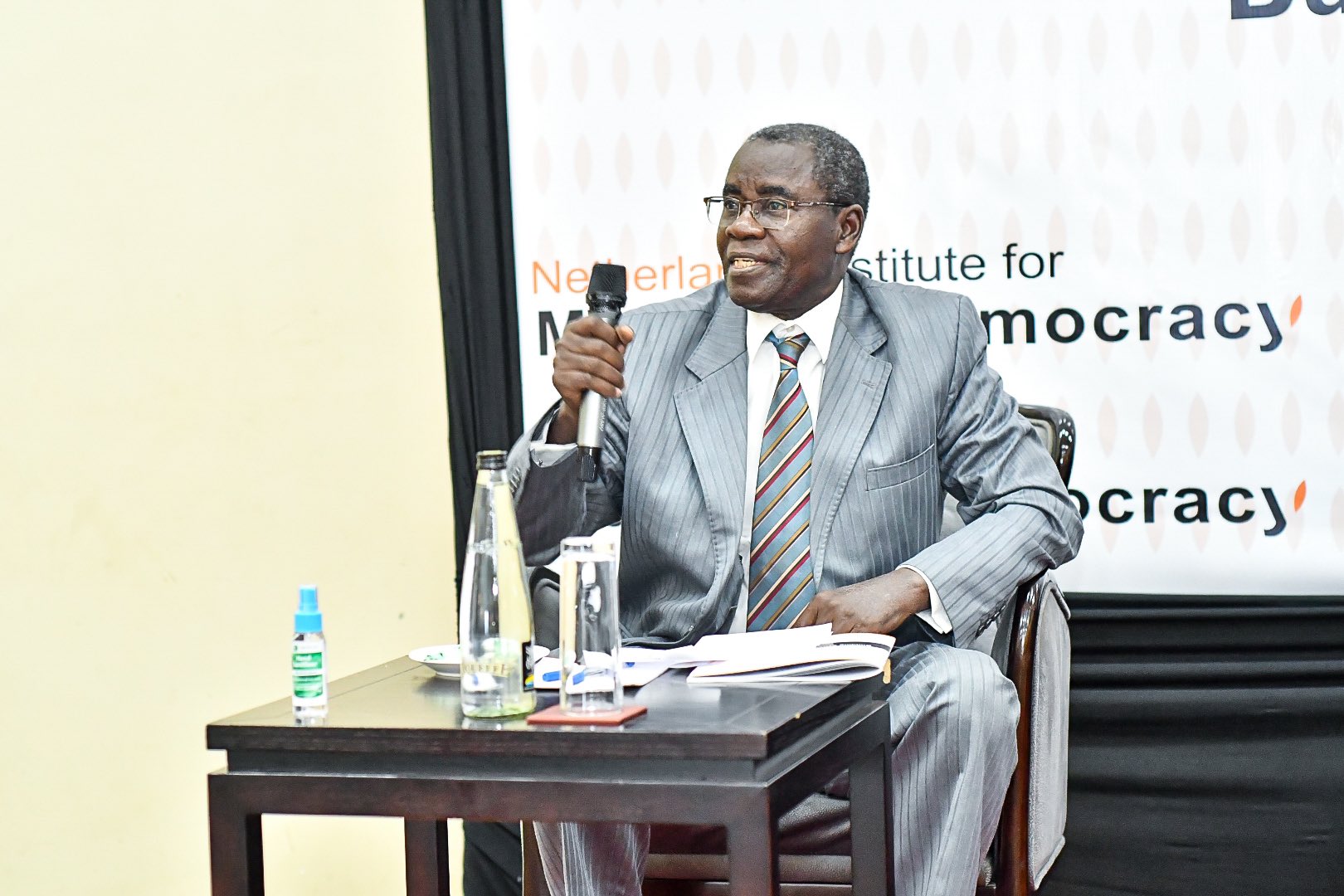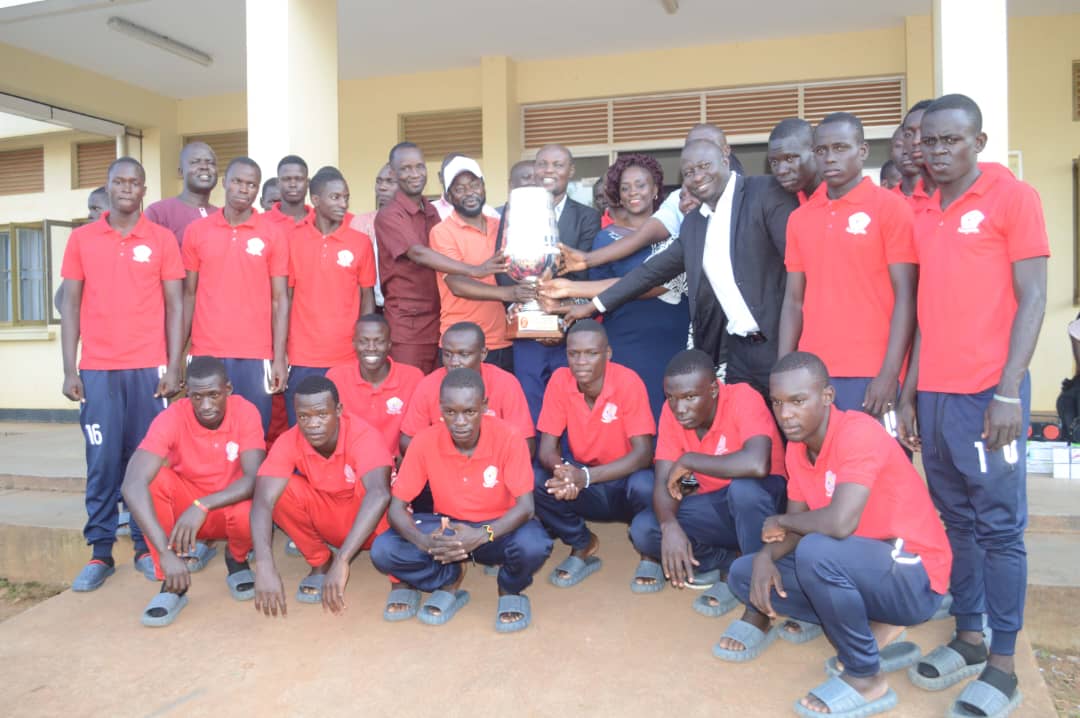Iranian car firm eyes Ugandan market
Iran's leading automobile manufacturer Saipa Group is eyeing the Ugandan market as an entry point into a much bigger eastern, central and southern African market.
Speaking at the Uganda-Iran Economic Forum in Kampala, Saipa's Vice President for International Affairs and Export, Mohsen Dastkhosh Javan, said they are keen on entering the Sub-Saharan Africa market, especially for cheap but fuel-efficient vehicles.
Javan said Saipa is designing "economical cars" which are easy to maintain with the wide availability of spare parts and after-sales services".
Javan disclosed that Saipa Group, established in 1965 using foreign expertise, used reverse engineering to ensure that Iran achieves 100 percent design and manufacturing of automobiles, from small cars through SUVs to heavy-duty trucks.
He said Saipa is now ranked the 18th car maker in the world, with a production capacity of nearly two million vehicles per year.
Javan added that they are keen on their newest car model called Quick which they believe can make inroads into Africa through Uganda because of its affordable price, fuel economy, cheap maintenance and speed.
Javan also said one of their newest pickup trucks is ideal for Uganda and Africa because its tonnage is four tonnes, unlike other pickups.
Javan appealed to interested Ugandan businesses to link up and start selling Saipa vehicles on the Ugandan market.
Ugandans in attendance were very excited with Javan's presentation, with many saying if affordable it would provide Ugandans with the opportunity to buy brand new cars.













